Fifers got to experience the golden age of steam on Friday with a rare visit to the kingdom from the famous Royal Scot locomotive.
The iconic locomotive, regarded as one of Britain’s fastest trains when it was built in 1927, made two departures from Edinburgh’s Waverley Station on separate trips to Fife.
Steam enthusiasts and the public occupied vantage points and bridges along the route in eager anticipation of a glimpse of the locomotive as it thundered down the tracks.
Tour operator Steam Dreams‘ organised the excursions which saw passengers forking out £89 for premium standard tickets and up to £259 for the full Pullman dining service.
While on board they experienced views across the Forth as they travelled over the rail bridge before heading towards Kirkcaldy.
Before reaching the Lang Toun the locomotive passed the castle at Aberdour and the beaches at Burntisland and Kinghorn, before turning back inland via Scotland’s newest city of Dunfermline.
On the evening excursion, the Royal Scot also headed along the Forth Estuary on a rarely used goods line.
Our suitcases are packed, our crew is ready to go, and our passengers are on board; it's time to make our way to #Edinburgh! 🏴
We are incredibly excited as today is the day we embark on our Capitals Express to #Edinburgh Holiday By Steam. 🚂
📸 VisitBritain / Simon Winnall pic.twitter.com/7q2uFMFZnQ
— Steam Dreams Rail Co (@Steam_Dreams) June 16, 2022
The train also passed the historic village of Culross and Torry Bay Local Nature Reserve.
It then continued through Alloa and along the reopened route to Stirling, looping round the western end of the estuary.
Having crossed the Forth at Stirling, passengers were then transported south through Falkirk, arriving back in Edinburgh just before sun set.
Royal Scot’s illustrious history
46100 Royal Scot was the first in a new breed of steam locomotives, built by the London, Midland and Scottish Railway for its passenger services from London to Birmingham, Manchester and Glasgow.
She was later rebuilt by British Railways in 1950 and went on to serve another 12 years on the West Coast Main Line.
Royal Scot briefly returned to operation at Bressingham Steam Museum from 1972 to 1978 before spending almost the next 30 years as a static exhibit.
The locomotive finally made its triumphant return to the tracks at the Severn Valley Railway in September 2015.
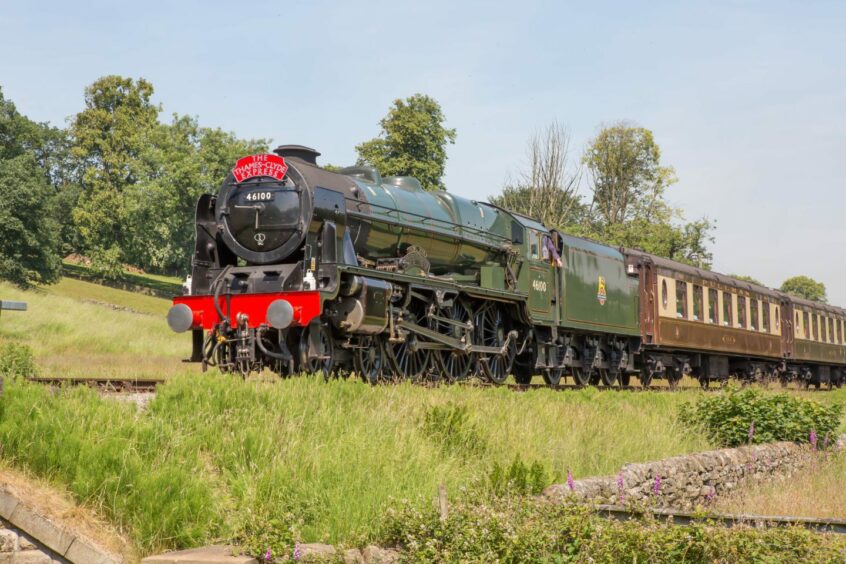
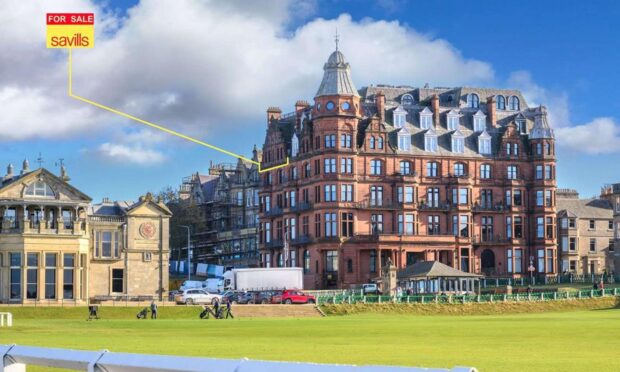
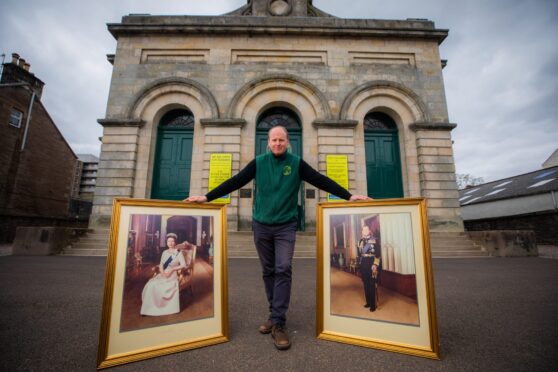
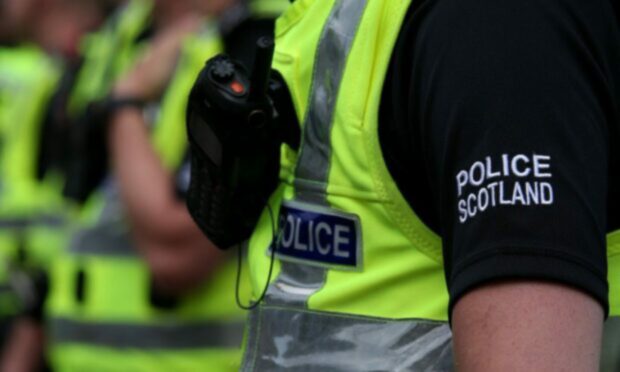


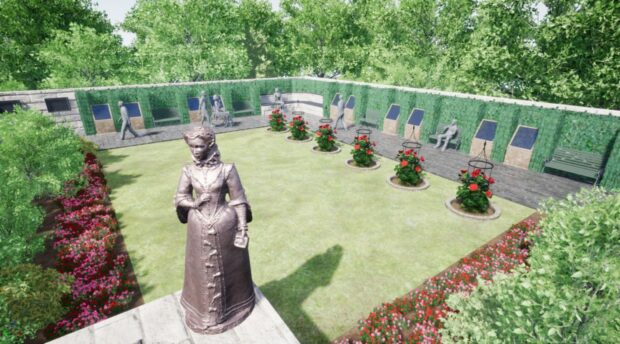
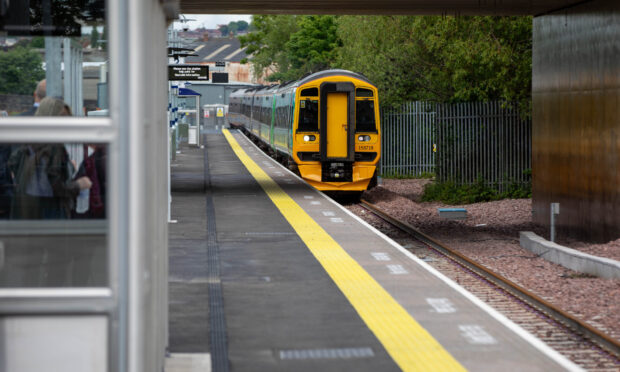
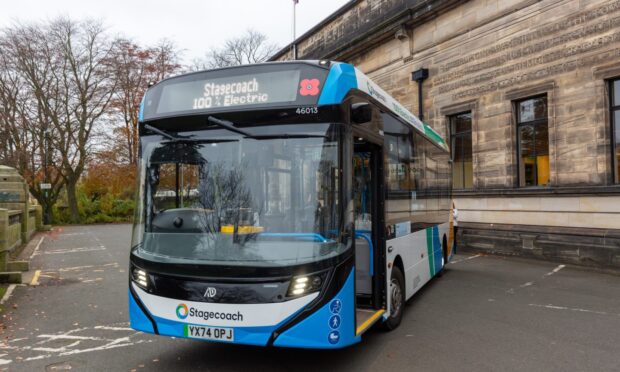
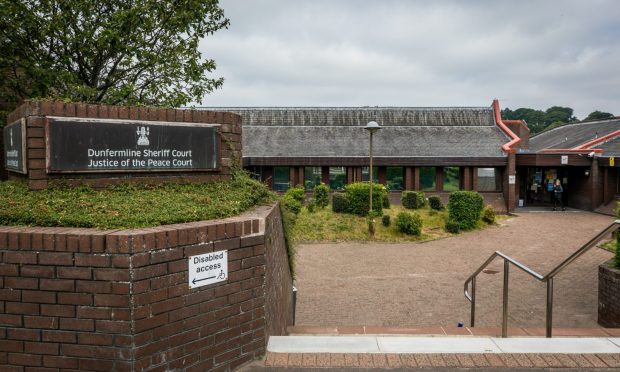
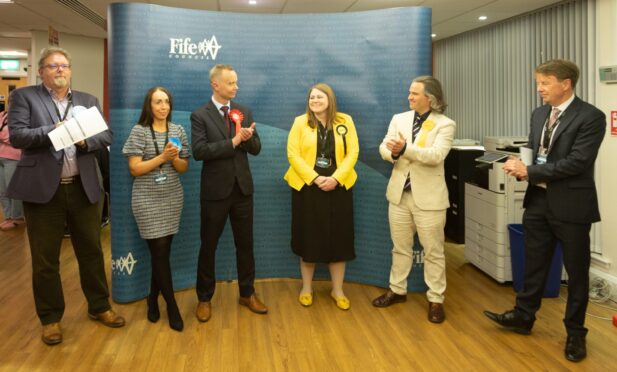
Conversation